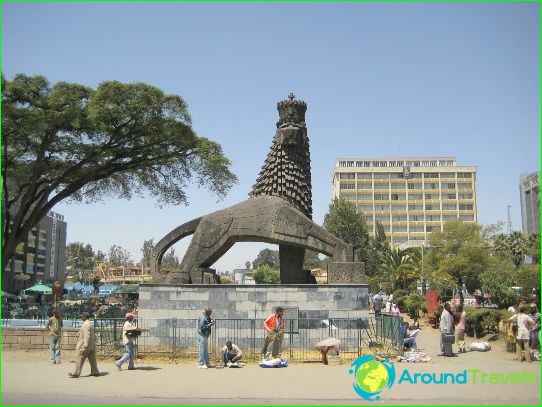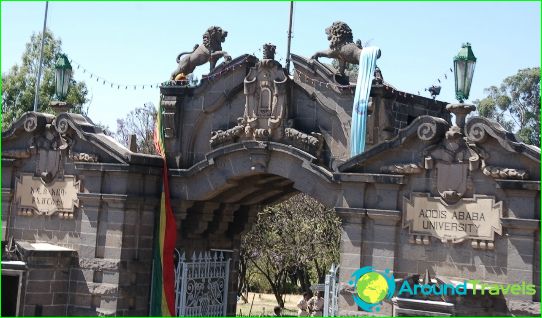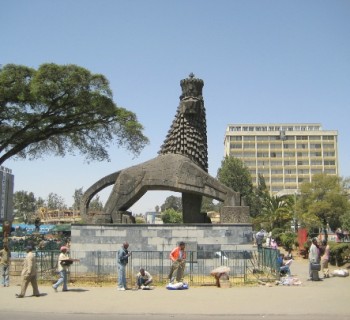Ethiopian culture

Ethiopia is perhaps the most unusual of all African states. Her contacts with ancient civilizations, the influence of Judaism and Christianity made the culture of Ethiopia special and unique. The inhabitants of the country were able to keep it practically unchanged thanks to their desperate desire to resist external forces and destruction. None of the colonizers and conquerors managed to enslave the people of Ethiopia, and therefore its civilization has been preserved since ancient times..
Lalibela stone churches
This ancient city is located at an altitude of over 2,500 thousand meters. Its uniqueness lies in the fact that there are thirteen stone-cut churches in Lalibela. The city bears the name of Saint Lalibela from the ruling dynasty, who built these temples in the XII century in response to the Muslim seizure of his beloved Jerusalem. The city of Lalibela is part of Ethiopia's culture, and UNESCO protects its sites along with other unique masterpieces of architecture.
As in Europe, monasteries and Christian churches served here as centers of education and cultural life. Crafts and arts flourished at the temples, icon painters worked and ancient historical books were created..
Axum and the Ark Chapel
According to legend, the Queen of Sheba lived in the city of Aksum, and today it has become a place of pilgrimage for millions of believers. The reason is that in the Church of the Virgin Mary of Zion, according to the Ethiopian church, there is a unique relic - the Ark of the Covenant, which kept the Tablets and the Ten Commandments..
Of the obvious sights of Aksum, one can mention its steles and obelisks, whose age reaches several millennia. The largest of them was taken to Italy in 1937 and installed in Rome in one of the squares. A sample of the engineering achievements of the Aksumite kingdom returned to its homeland after seventy years by the decision of the UN.
History buffs and those interested in Ethiopian culture will be interested in other attractions of Aksum:
- Ezana's stone with inscriptions in three ancient languages.
- The tomb of King Bazin, reminiscent of the entrance to the underworld. According to Ethiopian legends, the king was one of the Magi who visited the infant Christ and brought him incense as a gift..
- Palace of the 4th century, which belonged to the rulers of Taakha Mary.
- Abba Lycanos Monastery.
- Petrograph in the form of a two-meter lioness carved on a rock.
- Baths of the Queen of Sheba.




